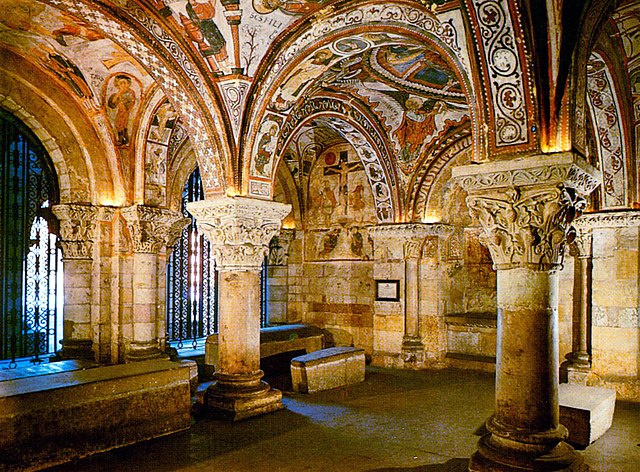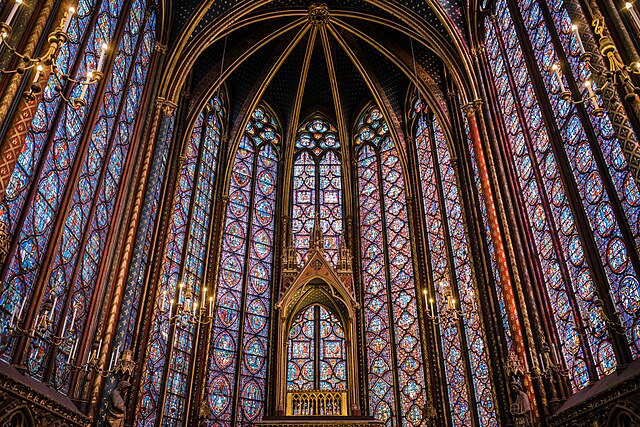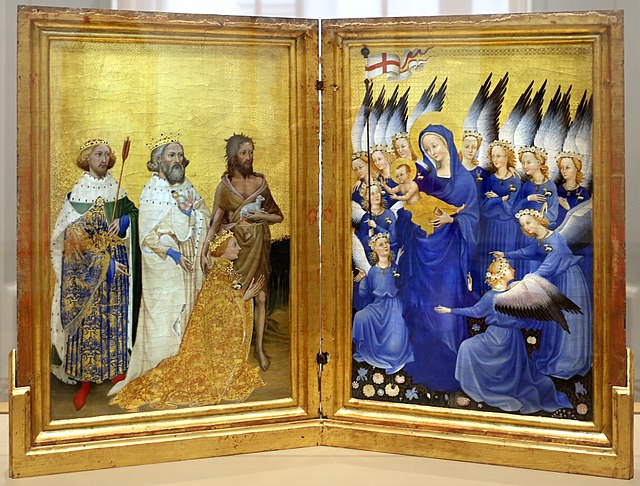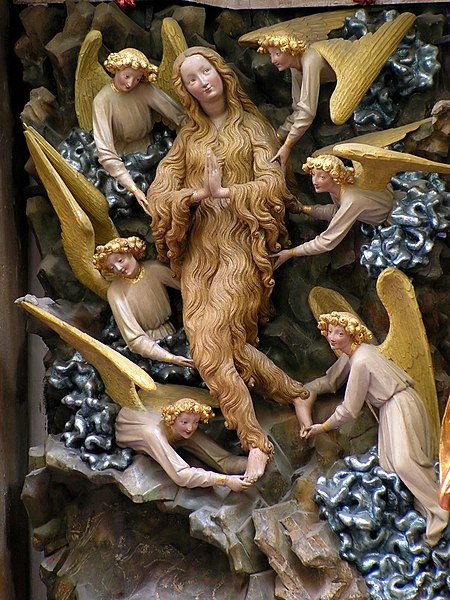Romanesque art is the art of Europe from approximately 1000 AD to the rise of the Gothic style in the 12th century, or later depending on region. The preceding period is known as the Pre-Romanesque period. The term was invented by 19th-century art historians, especially for Romanesque architecture, which retained many basic features of Roman architectural style – most notably round-headed arches, but also barrel vaults, apses, and acanthus-leaf decoration – but had also developed many very different characteristics. In Southern France, Spain, and Italy there was an architectural continuity with the Late Antique, but the Romanesque style was the first style to spread across the whole of Catholic Europe, from Sicily to Scandinavia. Romanesque art was also greatly influenced by Byzantine art, especially in painting, and by the anti-classical energy of the decoration of the Insular art of the British Isles. From these elements was forged a highly innovative and coherent style.

The painted crypt of San Isidoro at León, Spain
The "Morgan Leaf", detached from the Winchester Bible of 1160–75. Scenes from the life of David.
Master of Pedret, The Virgin and Child in Majesty and the Adoration of the Magi, apse fresco from Tredòs, Val d'Aran, Catalonia, Spain, c. 1100, now at The Cloisters in New York City.
The Shrine of the Three Kings in Cologne Cathedral, Cologne, Germany
Gothic art was a style of medieval art that developed in Northern France out of Romanesque art in the 12th century AD, led by the concurrent development of Gothic architecture. It spread to all of Western Europe, and much of Northern, Southern and Central Europe, never quite effacing more classical styles in Italy. In the late 14th century, the sophisticated court style of International Gothic developed, which continued to evolve until the late 15th century. In many areas, especially Germany, Late Gothic art continued well into the 16th century, before being subsumed into Renaissance art. Primary media in the Gothic period included sculpture, panel painting, stained glass, fresco and illuminated manuscripts. The easily recognizable shifts in architecture from Romanesque to Gothic, and Gothic to Renaissance styles, are typically used to define the periods in art in all media, although in many ways figurative art developed at a different pace.
Image: Cenral tympanum Chartres
Image: Sainte Chapelle Interior Stained Glass
Image: Anonimo inglese o francese, dittico wilton, 1395 99 ca. 01
14th Century International Gothic Mary Magdalene in St. John Cathedral in Toruń.








